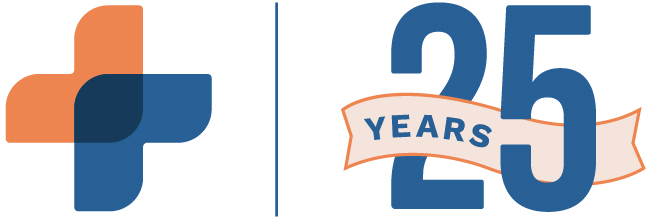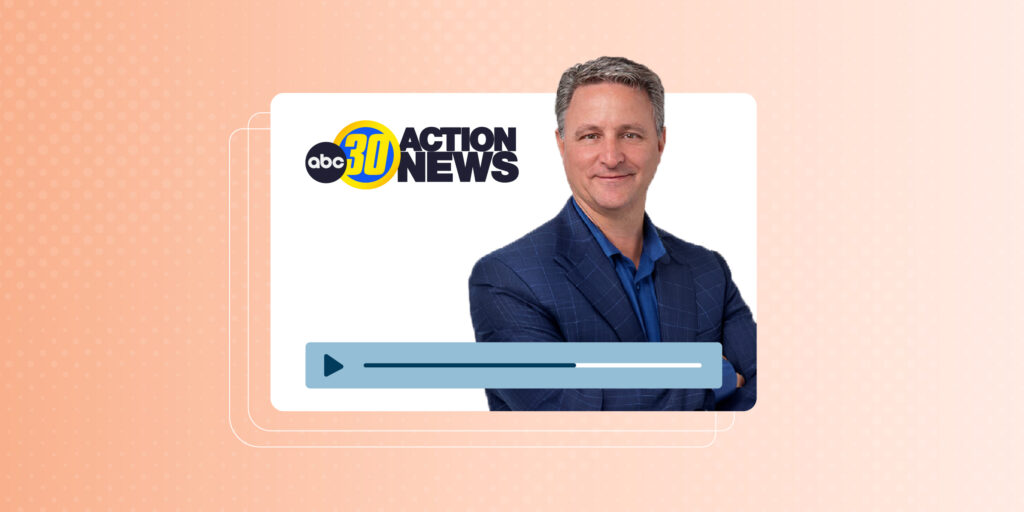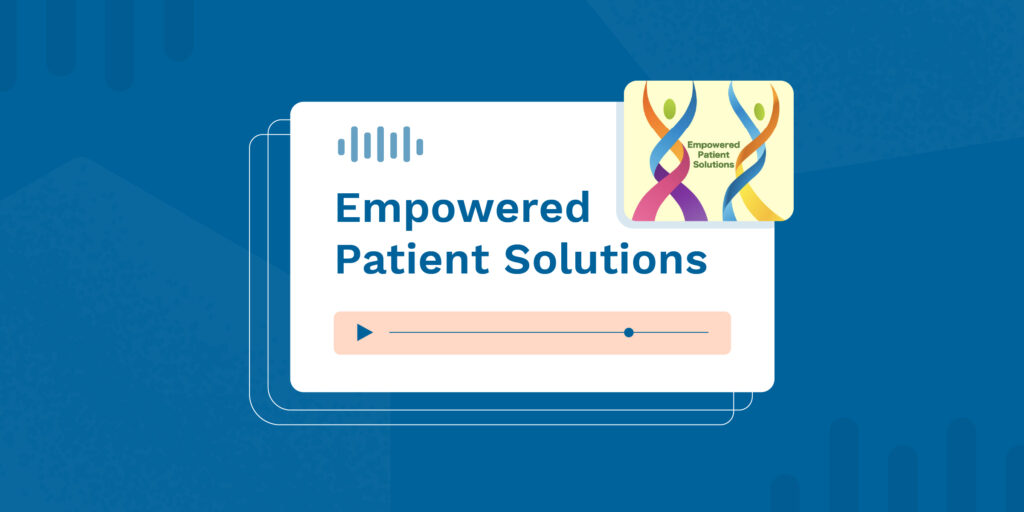The Coronavirus pandemic has taken a toll on the financial health of the U.S., as well as on the physical health and well-being of many Americans. Record-high levels of unemployment mean a corresponding loss of employer-provided health benefits and a greater number of people without coverage. It’s estimated that the number of uninsured patients will hit 40 million by year’s end. While some will qualify for Medicaid, a large number of Americans face challenges with paying for medical care. Roughly two-thirds (65%) express concern about their ability to pay for an unexpected medical bill. And 40% of those with health insurance worry about paying for care, co-pays, or their coverage.
Doctors feeling the pinch
As a result of COVID-19, the demand for physicians has dipped by 30%. While the demand for primary care doctors and other office-based specialties are likely to rebound, those who practice outside of a traditional doctor’s office, such as physical therapists and radiologists are on track to lose 8% of their revenue in 2021.
Two forces are coming together to create even greater uncertainty: patients are struggling to pay for needed medical care and at the same time, physicians are experiencing a downturn in revenue. But there is some good news. Payment models used in other industries, such as retail, offer approaches that can be adapted by healthcare providers to better manage cash flow.
Digital payments
While the adoption of mobile/online payments is slower in the U.S. than in many other countries, growth in the U.S. is expected to double between 2018 and 2022. This trend has found its way to healthcare, as well. An InstaMed survey found that 68% of patients want to pay for their doctor visits electronically. But 86% of patients still receive paper medical bills and only 20% pay online via a mobile device. However, as more providers offer online bill payments, these statistics are likely to reverse themselves. Giving patients the ability to pay their medical bills online is beneficial to both parties. Patients like the convenience and doctors get paid faster, without the expense of producing and mailing paper statements.
Flexible payment plans
Medical care can be expensive. Approximately 21 million Americans are covered in a high deductible health plan where a patient must pay 100% of expenses out-of-pocket until they satisfy the deductible, which can be in the thousands of dollars. This can leave a patient in a quandary if they are not able to pay for a medical expense in one payment, and it’s worse for those with recent job losses or without medical coverage at all.
Establishing a payment plan with set amounts and terms can be a good alternative for budget-strained patients. And it gives providers the ability to better plan and manage revenue without the aggravation of patient-alienating late payment notices or the added expense of using a collections service.
Sliding fee scale
Medical conditions don’t discriminate based on income or salary. Sliding fee scales enable low income and uninsured patients to receive care without regard to their ability to pay. Practices and clinics that are approved by the National Health Service Corps (NHSC) are required to offer a Sliding Fee Discount Program that gives qualified patients access to primary care at a discount. Eligible patients are those who are at or below 200% of the current Federal Poverty Guidelines. Even practices that are not NHSC-approved can offer a sliding fee scale for patients with limited financial resources, which can help patients who are facing economic challenges to receive care.
Putting new payment options into practice
In September 2020, the country is facing historic health challenges due to a virus that is putting tremendous strain on our health system. RXNT’s Medical Billing software gives physicians the flexibility to tailor their billing process to maximize revenue management, while accommodating the financial and medical needs of their patients. Schedule your no-risk, no-obligation demo for an upfront look at RXNT software features that will help you manage the business of providing healthcare. From online bill pay, practice-established payment options, or sliding fee scale tools, we have your patients and your practice covered.





